Biocapillarity and biofluids
Biocapillarity is the study of biological systems dominated by interfacial effects, its goal being to elucidate natural mechanisms and explore their technological potential. Examples of our studies in biocapillarity include natural strategies for water-repellency, walking on water, underwater breathing, and drinking. The first four posts are to my review articles, the subsequent posts to particular studies.
- Biolocomotion at the interface
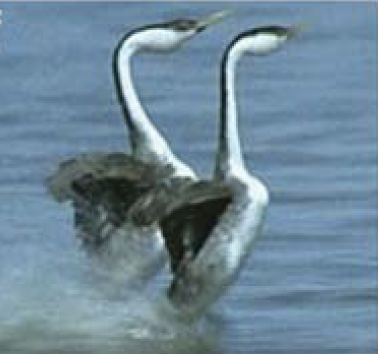
- Walking on water
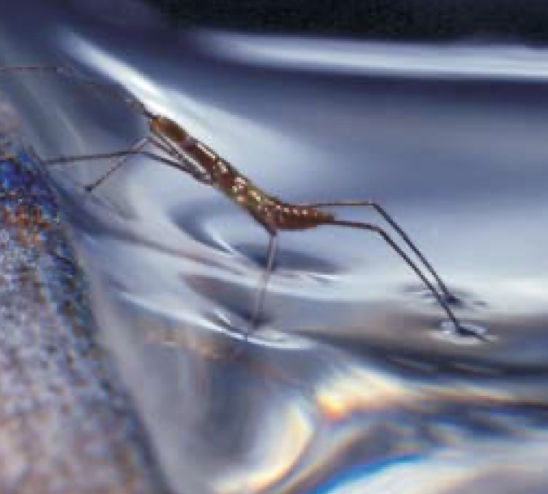
- Water-repellency in nature
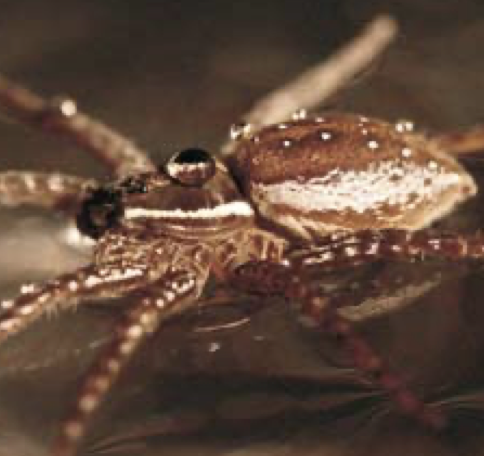
- Drinking strategies in nature

- Optimizing natural transport systems

- Can flexibility help you float?
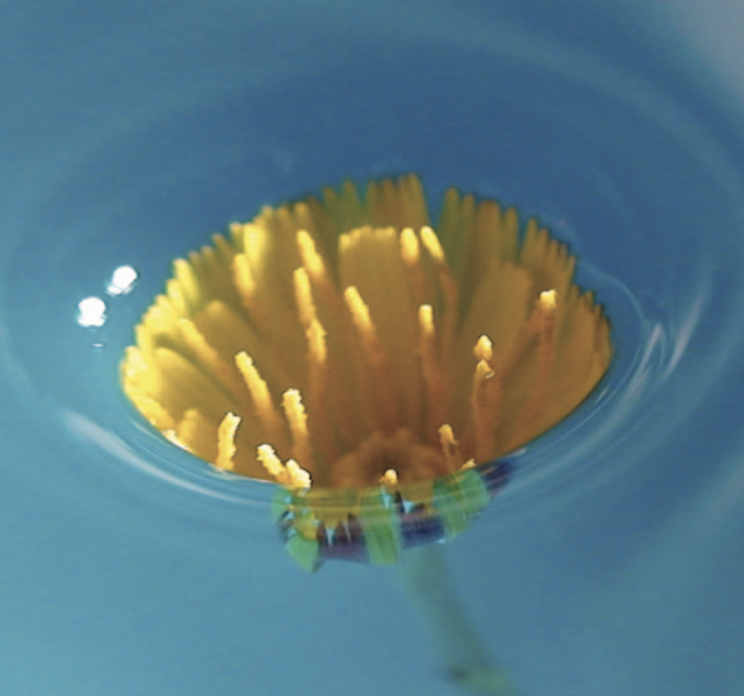
- Nectar loading by hummingbirds

- Propulsion by directional adhesion
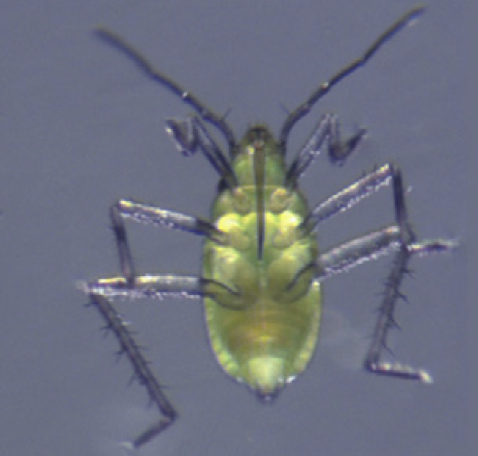
- Optimization in nectar feeding

- Flexibility and tumbling flight

- Grabbing water: the elastocapillary pipette
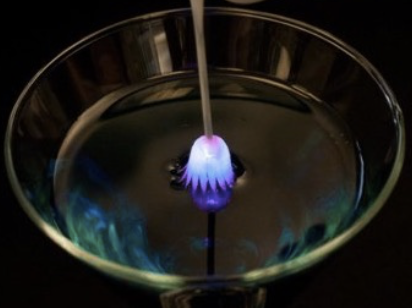
- Biomimetic water-walking robots

- Dynamics of water-walking arthropods
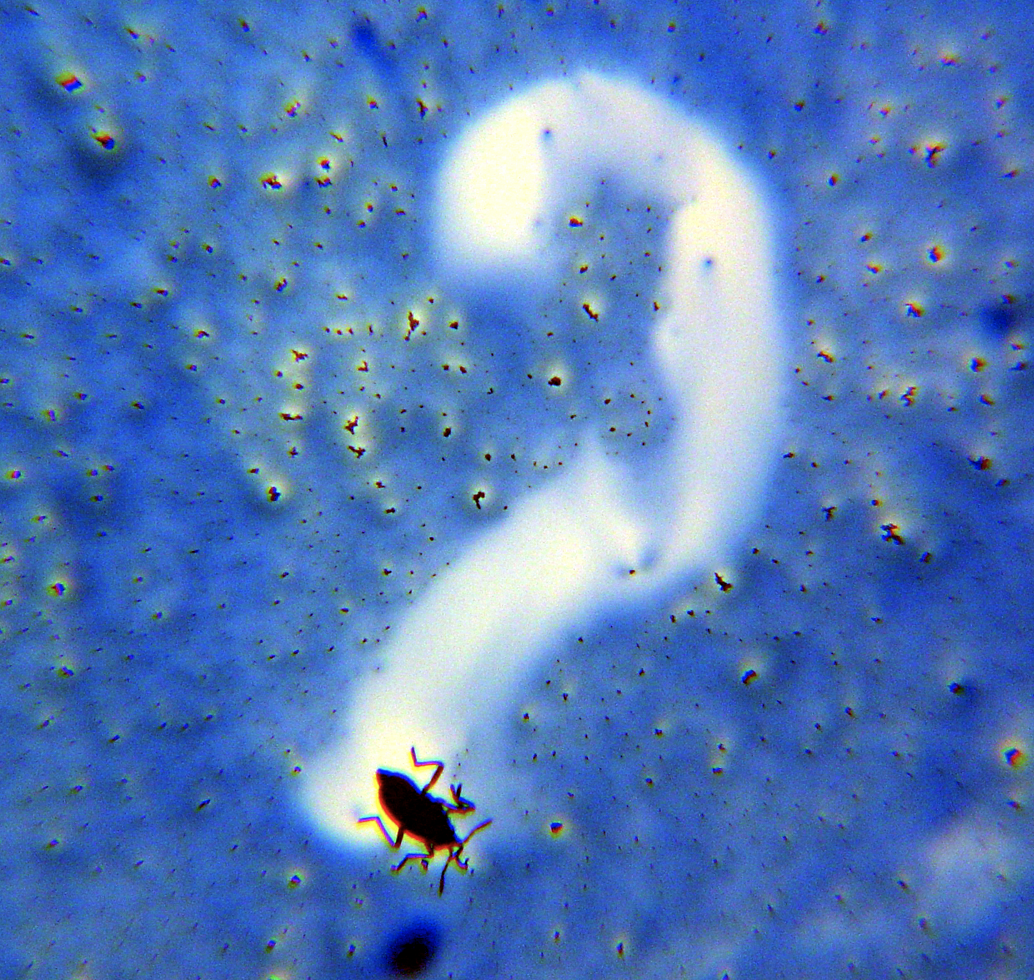
- Bubbles that shape photosynthetic mats
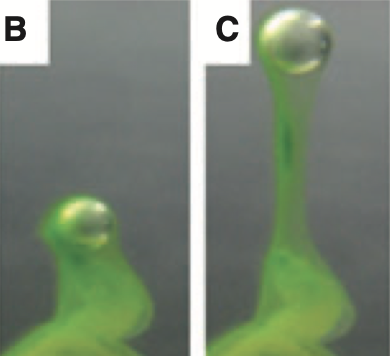
- Capillary feeding in shorebirds

- Flow visualization with TMV
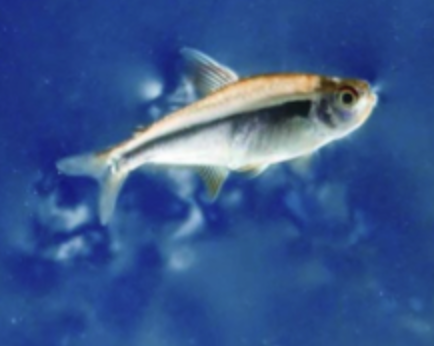
- Underwater breathing

- Water snail locomotion
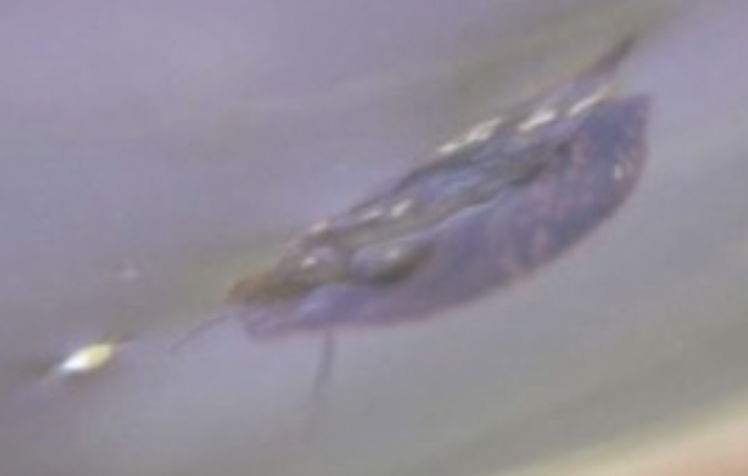
- Meniscus-climbing insects
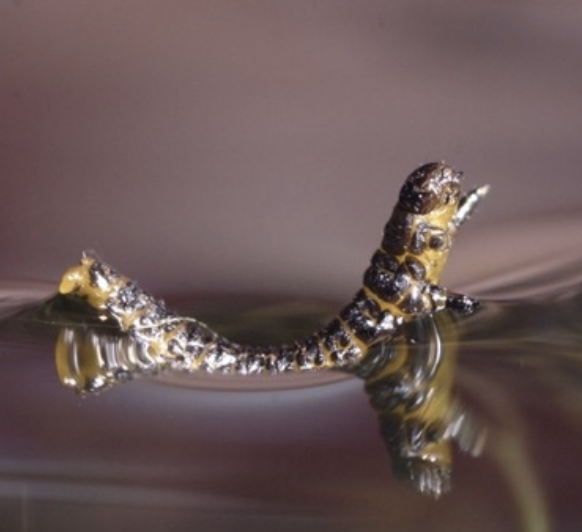
- Water strider locomotion
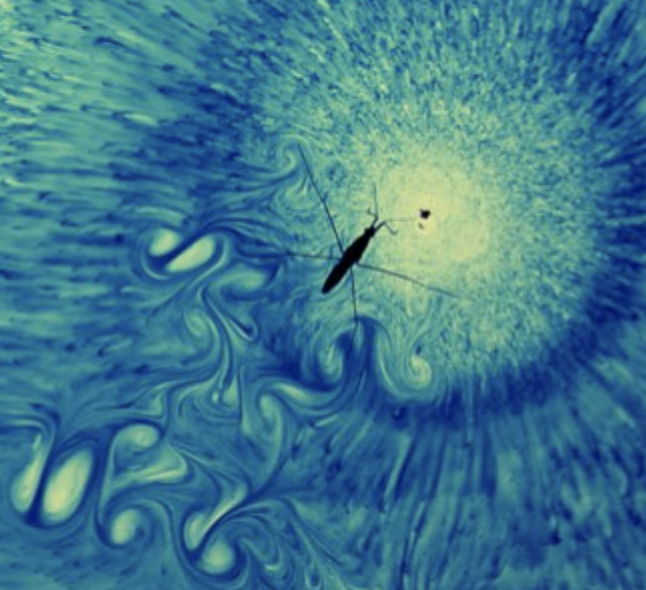
“El gran llibre, sempre obert I que cal esforçar-se a llegir, és el de la Naturalesa.”
– Antoni Gaudi